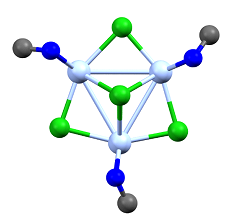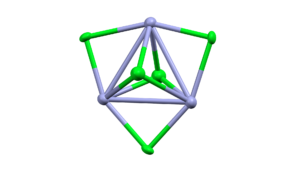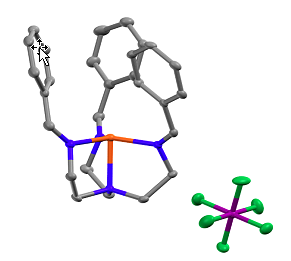Overview
The use of ligands to control reactivity and electronic behavior at metal centers is of fundamental importance to inorganic and organometallic chemistry. Seemingly small changes in ligand steric and/or electronic properties have been shown to yield incredible outcomes, such as small molecule activation or electronic delocalization at the metal centers.
In the Clark Research Group, our projects capitalize on ligand influence in transition metal complexes for the purpose of: (1) creating new functional materials, (2) facilitating new reactivity, and (3) controlling and expanding known reactivity.
Projects

Redox-Active Ligands for the Design of New Materials
Redox-active ligands are ligands that can be independently reduced or oxidized. In some cases, the frontier orbitals of these ligands are energetically close to the d-orbitals of transition metal centers which they ligate. This energetic proximity of metal-based and ligand-based orbitals can result in admixing, such that formal oxidation states of metal and ligand become ambiguous. In other words, energetically similar metal centers and redox-active ligands can manifest noninnocence, behavior which often results in interesting electronic and magnetic behavior, as well as enhanced reactivity.
In the Clark Research Group, we seek to capitalize on noninnocence in transition metal complexes for development of new electronic material and reactivity. Specifically, ongoing projects include:
- Exploration of electronic structure in electronically delocalized complexes
- The design of molecular wires and switches
- Development of multielectron reactions at a single metal center
- Design of panchromatic dyes for solar energy application


Ligand Design for Metal Catalyzed Commodity Chemical Production
Steric bulk, when incorporated into ligand structure, can serve as a powerful tool to control access to the central atom which it ligates. By controlling access in this manner, it is possible to target specific reactivity by preventing unwanted reactivity, enforcing prescribed geometries/local symmetry, and/or maintaining a coordinatively unsaturated environment about a metal center.
We are interested in using sterically encumbering ligands to facilitate small molecule activation, C-C coupling reactions, and catalysis. Current ligand design projects in the Clark Group include:
- Development of atom efficient stoichiometric and catalytic processes that covert small molecules to chemical feedstocks
- Methane to ethylene via C-C coupling reactions
- Catalytic hydrogenation using early transition metal complexes
